Figures & data
Figure 1. Participant flow chart.
Abbreviations: Activities, Healthcare and Research Priorities Survey (AHRPS); Chronic Obstructive Pulmonary Disease (COPD); forced expiratory volume in 1-sec (FEV1); Forced vital capacity (FVC); Lower Limit of Normal (LLN); Quartiles 1-4 of airflow obstruction (Q1-4); modified Medical Research Council breathlessness questionnaire (mMRC); breathlessness burden and exacerbation risk groups A-D (Group A-D).
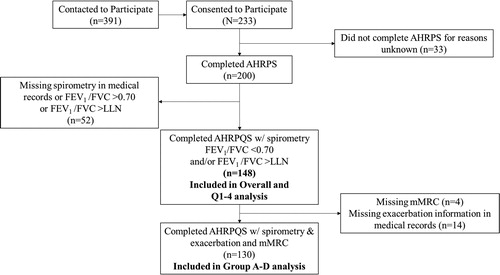
Table 1. Participants demographic information by quartiles of disease severity.
Figure 2. Overall research priorities (n = 148).
Note: Research priorities presented in descending order from the priority selected by the most participants to the priority selected by the least participants.
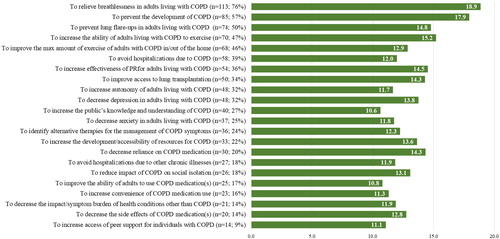
Table 2. Top five research priorities by frequency of selection.
Figure 3. Research priorities by quartiles of airflow obstruction (n = 148).
Note: Research priorities are presented in the same order as the overall priorities in , and not by frequency of selection. The percentage value beside each priority represents the percentage of individuals in the quartile who selected the priority. The first and second most commonly selected research priorities in each quartile are outlined in red.
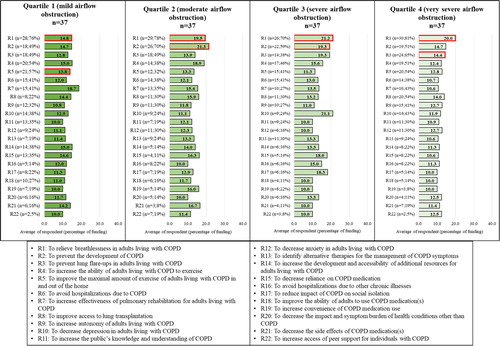
Figure 4. Research priorities by breathlessness burden and exacerbation risk group classification (n = 130).
Note: Research priorities are presented in the same order as the overall priorities in , and not by the frequency of selection. The percentage value beside each priority represents the percentage of individuals in the group who selected the priority. The first and second most commonly selected research priorities in each group are outlined in red.
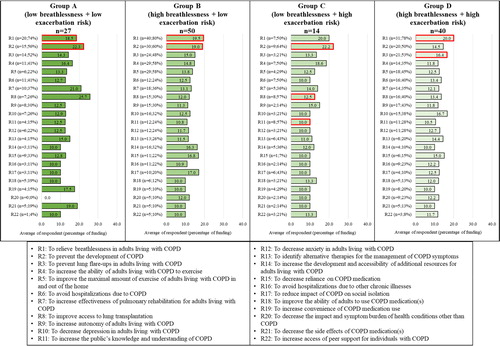
Table 3. Chi-squared (χ2) for research priorities of each comparison group.
Figure 5. Overall healthcare priorities (n = 148).
Note: Healthcare priorities presented in descending order from the priority selected by the most participants to the topic selected by the least participants. Abbreviations: Chronic Obstructive Pulmonary Disease (COPD); Quality of life (QOL).
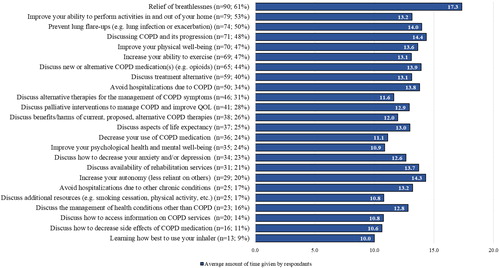
Figure 6. Healthcare priorities by quartiles of airflow obstruction (n = 148).
Note: Healthcare priorities are presented in the same order as the overall priorities in , and not the frequency of selection. The percentage value beside each priority represents the percentage of individuals in the quartile who selected the priority. The first and second most commonly selected healthcare priorities in each quartile are outlined in red.
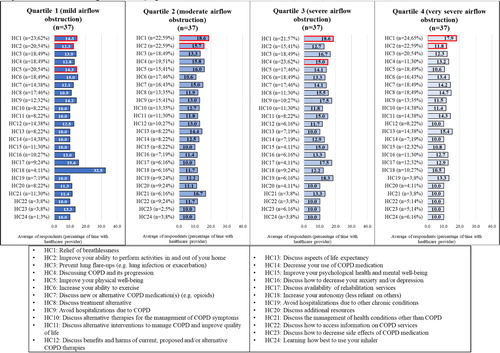
Table 4. Top five healthcare priorities by frequency of selection.
Figure 7. Healthcare priorities by breathlessness burden and exacerbation risk group classification (n = 130).
Note: Research priorities are presented in the same order as the overall priorities in , and not by the frequency of selection. The percentage value beside each priority represents the percentage of individuals in the group who selected the priority. The first and second most commonly selected research priorities in each group are outlined in red.
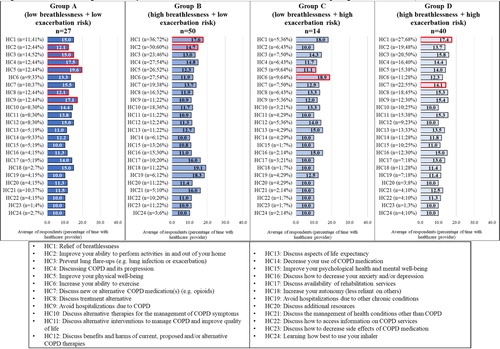
Table 5. Chi-squared (χ2) for healthcare priorities of each comparison group.
